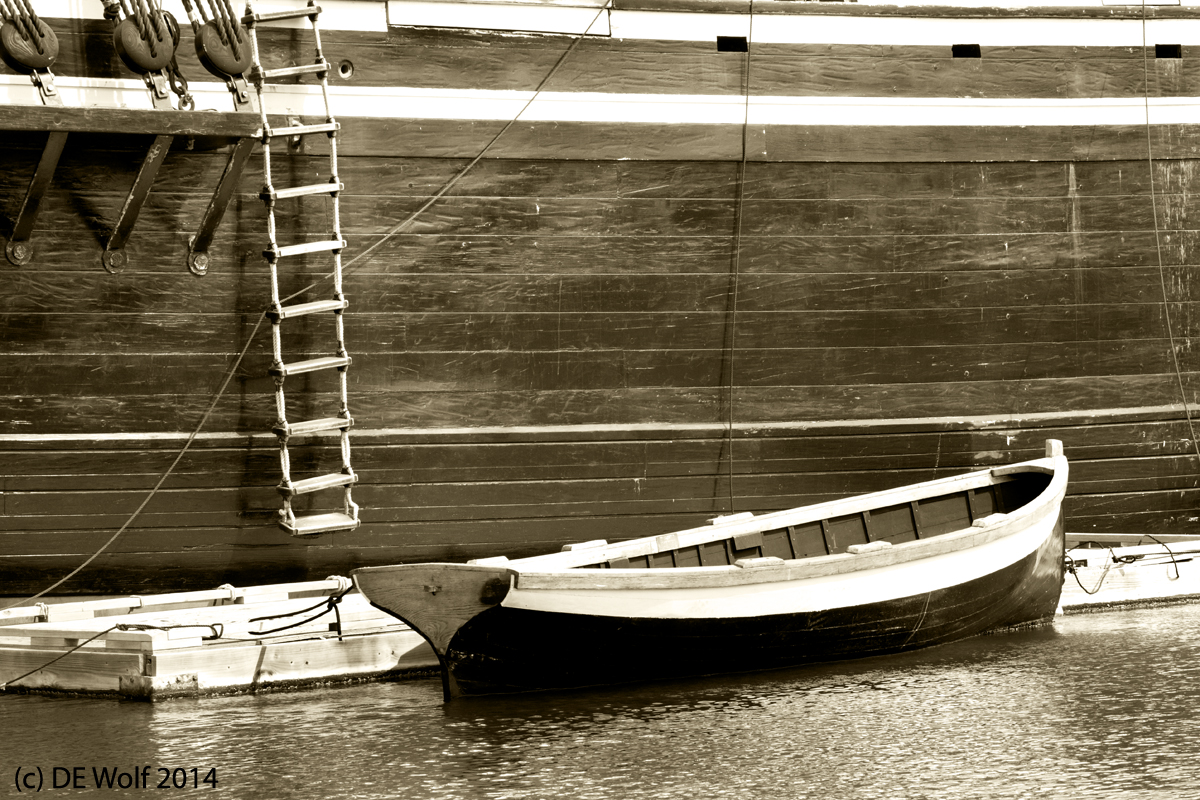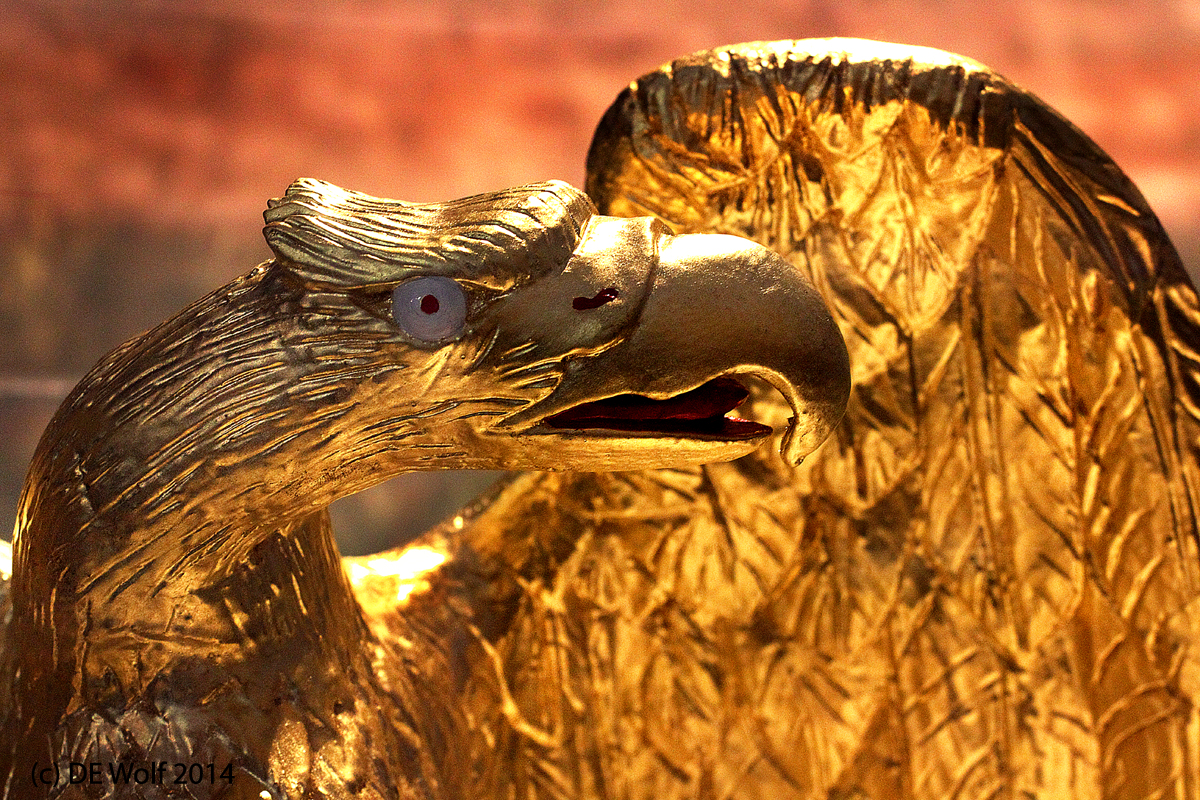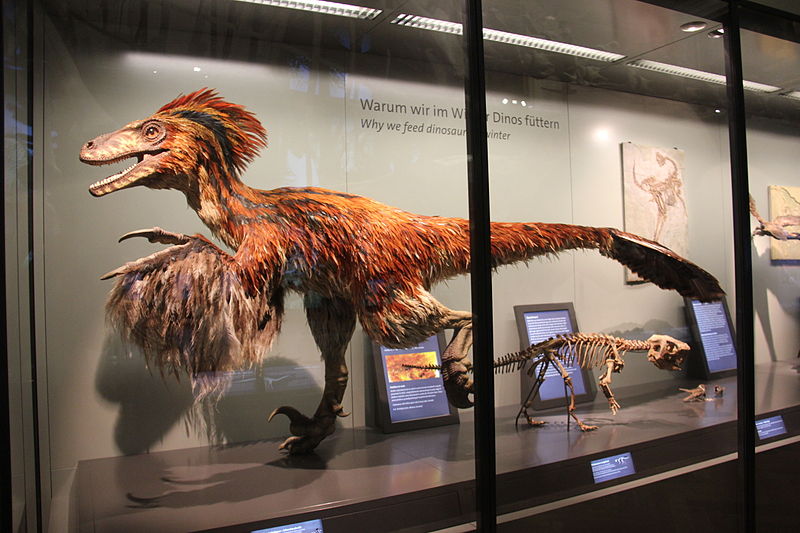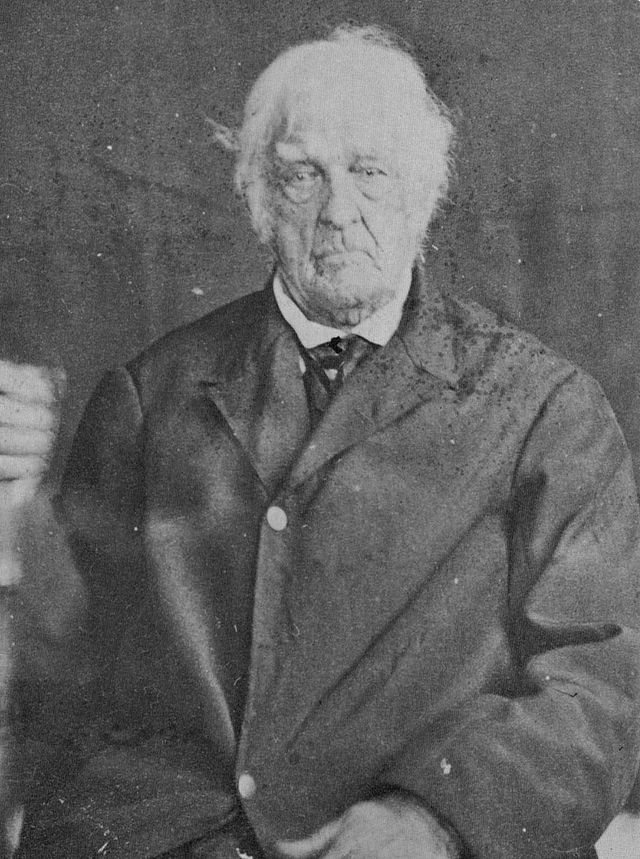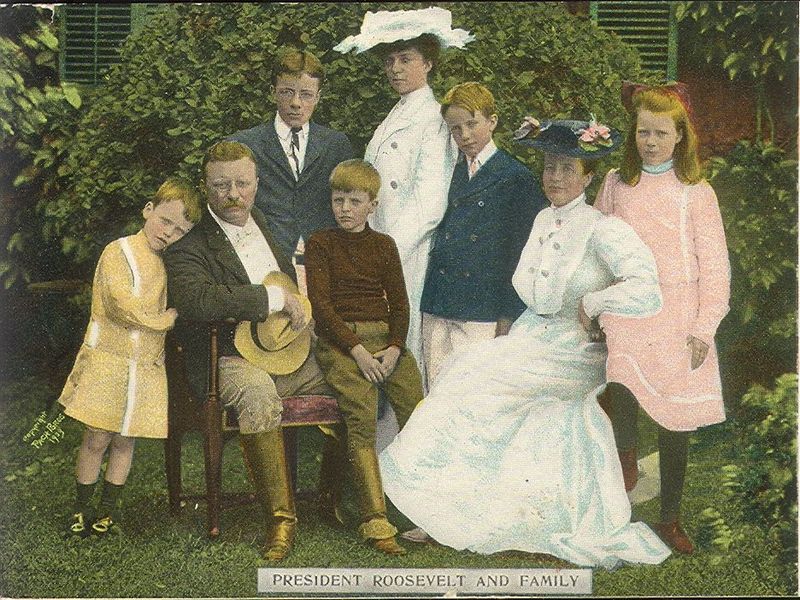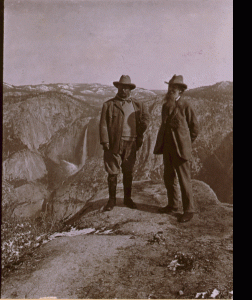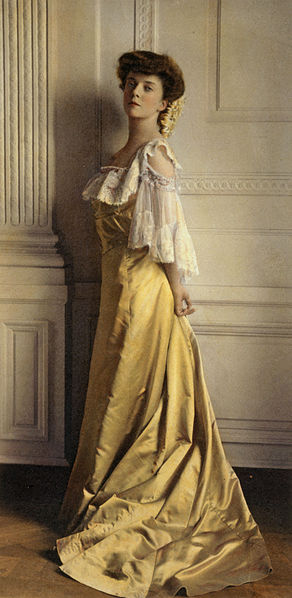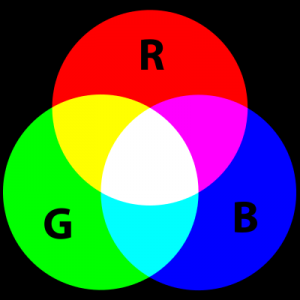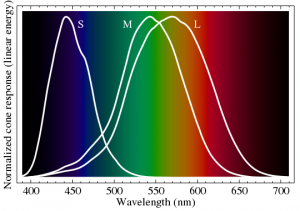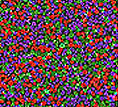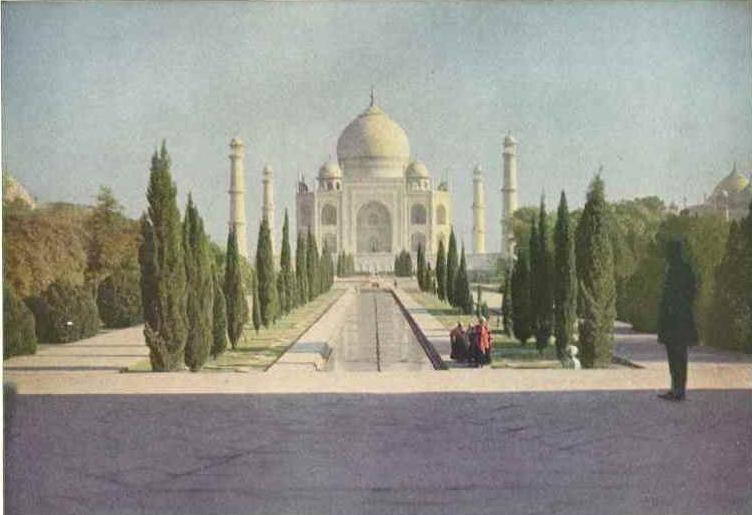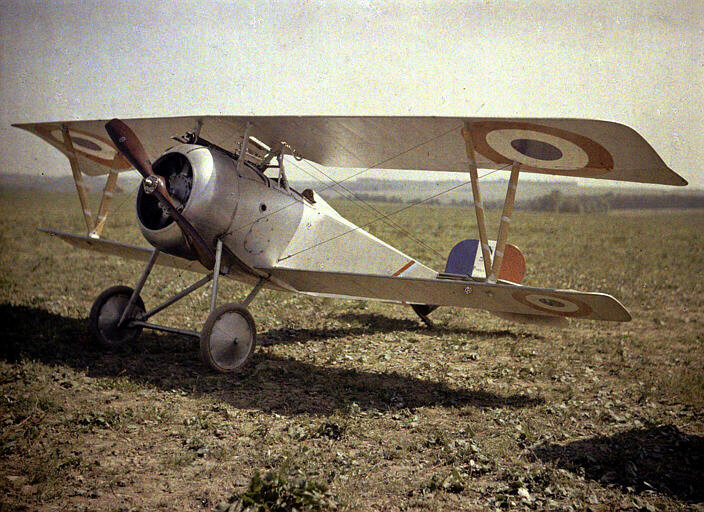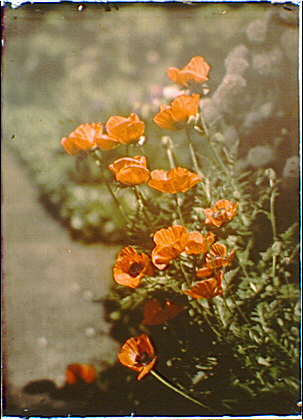While we certainly have more significant issues to worry about, we were diverted Labor Day Monday morning by the revelation that hackers had hacked the Cloud and retrieved deleted naked photographs, real and faked of several actresses and models. Hmm! I suspect that there will be much more to this in the end. And also why would people take and store photographs of themselves in compromising positions? Well really it is a right in a free society.
And I think that there is a simple and profound lesson that goes to the heart of the evil side of the internet and social media. Yes, as with anything created by humans, there is both a positive and an evil side.
We may begin our search for the evil side with the story of Lady Godiva, before she became a chocolate, and the “Peeping Tom.” It seems that Mrs. Godiva, or as legend goes, begged her husband, ruler of the local kingdom to reduce the taxes on the suffering people. he agrees provided she will ride naked across town. The lady in question it seems is able to cover her more private regions with her long tresses of golden hair. Everyone stays indoors and doesn’t look except for this voyeur, named Tom, who peers through a hole at the Lady. He is struck blind. This latter point is significant. I mean so much for “blessed are the merciful for they shall be shown mercy.” Ironically Godiva’s husband was Leofric, Earl of Mercia.
So I don’t think the Godiva story really relates.The point is not fear of reprisal but civilized action. And to this point, to me this current situation relates to certain private family letters by John Adams to his wife Abigail (July 24, 1775) then attending the Congressional Congress that eventually wrote the Declaration of Independence, in which Adams derogatorily expresses his impatience with certain members of the congress.
The two events may seem unrelated; but the point is this that gentlemen (gentle-people, people with class) do not read the private mail of other gentlemen. There is an implicit rule, a social contract, for members who value a free society and its free interchange and one that should be followed by people who wish to use the internet in an unhurt-full fashion. The term free society is key here. It is not an obligation it is civilized contract. While we probably cannot stop abuse of the internet and abuse of social media, we do not have to look at the garbage, to sneer, chuckle, or chortle at it. And this is also true of stating and restating political untruths over and over again until the seem real solely by repetition. This is not ideal moralizing. Who is ultimately denigrated when one seeks out this kind of image?

